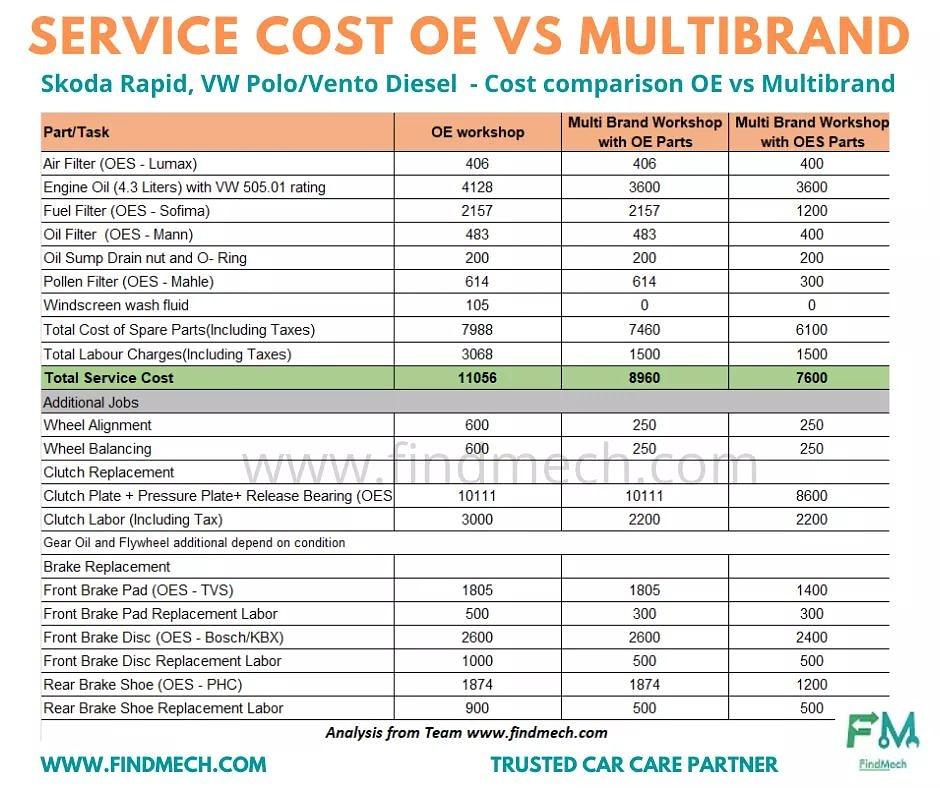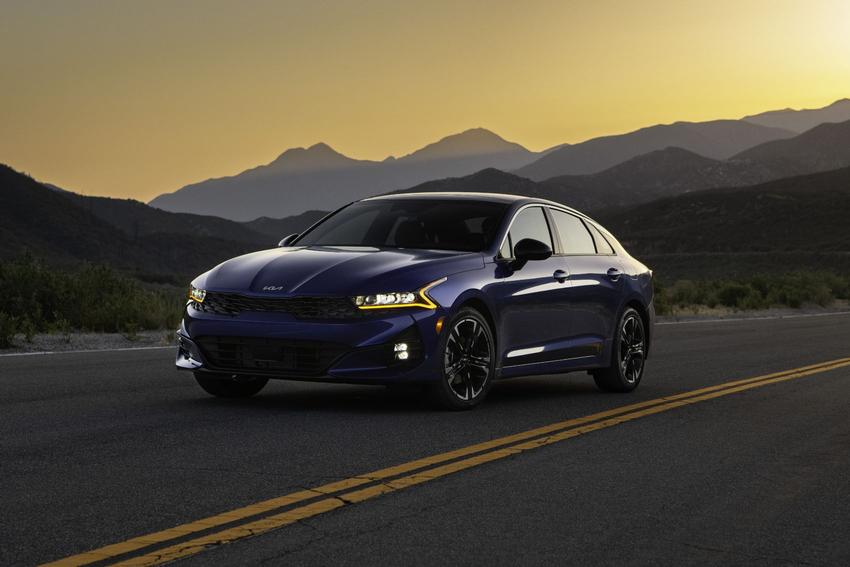The future of fast electric vehicles with DC fast charging
A hallmark of emerging technologies and efforts to minimize the impact of cars on the environment have led to mass production of electric or electric vehicles. For a long time, battery-powered cars are being submerged in a world where a good-performance counterpart (internal combustion engine) exists as a standard.
Aside from driving range of a battery-powered vehicle, charging time is the biggest obstacle in operating an electric car. In the normal life of today’s motorists, the trip to a nearby filling station has been regarded as a practical way of refuelling a vehicle. Taking only a few minutes to pump multiple gallon of flammable fluid into a fuel tank, the prospect of waiting several hours for a battery to recharge is, indeed, unattractive.
While most electric cars can be charged from a 120-volt outlet commonly found in households, there would be very few motorists who are willing to wait between 10 to 21 hours for charging their Chevrolet Volt or Nissan Leaf. In fact, the Tesla Roadster’s 120-volt mobile connector can take over 30 hours to fully charge the battery. Many electric car buyers are encouraged to pick one of many home charging stations such as the GE Wattstation that can greatly improve battery recharge times with 240 volts of power. With 240 volts, these power stations are capable of charging a Nissan Leaf from an empty to full battery in 7 hours from a wall unit. Found within commercial charging stations and can easily be wall-mounted to a garage. Now, as commercial charging infrastructure is furnishing in major cities, a quicker method than the 240-volt charger unit exists for delivering significant energy to an electric car in 30 minutes or less.
At the ongoing Electric Vehicle Symposium 26 at the LA Convention Center, the new reality for electrified motoring is DC fast charging units. Injecting a charge to a compatible battery with up to 500 volts, DC fast charging is being shot to the main stage for selling battery-powered cars and trucks to the public. Several major manufacturers of electric car charging stations have already or will soon commit to incorporating DC fast charging set-ups in public. Eaton, ECOtality and Schneider Electric are among the companies already preparing for what will be a fast charging future where a battery can receive major energy capacity in only 15 to 30 minutes. The only major drawback to the DC fast charging method is the battery can absorb only about 70-80 percent of energy within the short time period. This measure is done to prevent stressing the lithium-ion battery. Charging systems are designed to automatically shut down the quick charging process once the battery’s threshold is met.

One of the most important issues for assuring DC fast charging was made available to every possible electric vehicle is to expect a common design for the power port. General Motors, Audi, BMW and Ford are among automakers who have agreed to adapt a harmonized vehicle charging port allowing for 120-volt, 240-volt and DC fast charging. Called the Combined Charging System, this power connection will be introduced through the 2013 model year. Battery charging station supplier Eaton has already affirmed a commitment to developing future terminals capable of operating with the Combined Charging System design.
The Combined Charging System port design approved by the SAE (Society of Automotive Engineers) may not be the only design electric vehicle customers will see for DC fast charging. Japanese automakers Nissan, Subaru, Mitsubishi and Toyota have thrown support to the CHAdeMO connector. A clever abbreviation for “Charge de Move” or translating to “Charge for Moving”, CHAdeMO is already being employed on some American versions of the Nissan Leaf and the Mitsubishi i MiEV. CHAdeMO compliant chargers are currently in place through Japan, Europe and even parts of North America. The Mitsubishi i MiEV will come standard with a DC charging port adhering to the CHAdeMO connector design.
Research in the improvement of lithium-ion battery technology and the further production of electric cars has the potential to reduce costs as well as present better range for future electrified vehicles. DC fast charging will become a much more common sight in electric vehicle infrastructure near future. Besides making electric vehicles more inviting to everyday drivers, DC fast chargers could be a major impact on improving the commercialization of zero-emission or near zero-emission automobiles. Obviously, short-trip delivery, service and rapid response applications for electric vehicles will benefit from high-speed battery charging.
Information source: Eaton, ECOtality, General Motors, Mitsubishi Motors North America Image source: Mitsubishi Motors North America America, ECOtality
-
Latest
 What is the average maintenance cost of Volkswagen?
What is the average maintenance cost of Volkswagen?According to RepairPal's estimates, the average annual maintenance cost of Volkswagen is $672.2020 and 2021 Volkswagen vehicles come with complimentary maintenance for your first two years of ownershi...
-
Next
 A quick look at the Kia K5 in 2022: fuel economy, safety features, pricing, etc.
A quick look at the Kia K5 in 2022: fuel economy, safety features, pricing, etc.The Kia K5 caused a sensation when it was officially unveiled last summer. Although SUVs and crossovers are everywhere nowadays, some people (myself included!) still prefer to drive cars. Speaking of...
Popular Articles
- The Canadian government invests in the first Canadian-made electric car
- Stellantis strengthens electrification
- 2022 Ford Maverick debuts
- The Canadian government requires 100% of Canadian car and bus sales to achieve zero emissions by 2035
- Extend electric car rebates to businesses and non-profit organizations BC
- New general manager of ADESA offices in the U.S. and Canada
